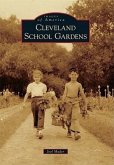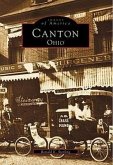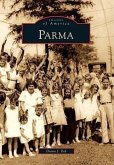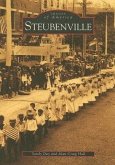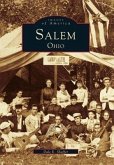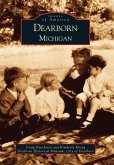During its more than a century as a Cleveland suburb, Cleveland Heights has been shaped by the natural topography, technology, enterprising developers, elected officials, and its residents of many backgrounds. The result has been a rich mosaic of places and people. In the 1890s, wealthy Clevelanders began to leave the city's smoky factories and congested neighborhoods for the "heights" in East Cleveland Township. In 1901, the heights became the hamlet of Cleveland Heights. As its population changed, so did the suburb's homes, shops, schools, parks, and places of worship. Today, Cleveland Heights is as diversified as its citizens, its eclectic architecture and neighborhoods, and its unique history.


